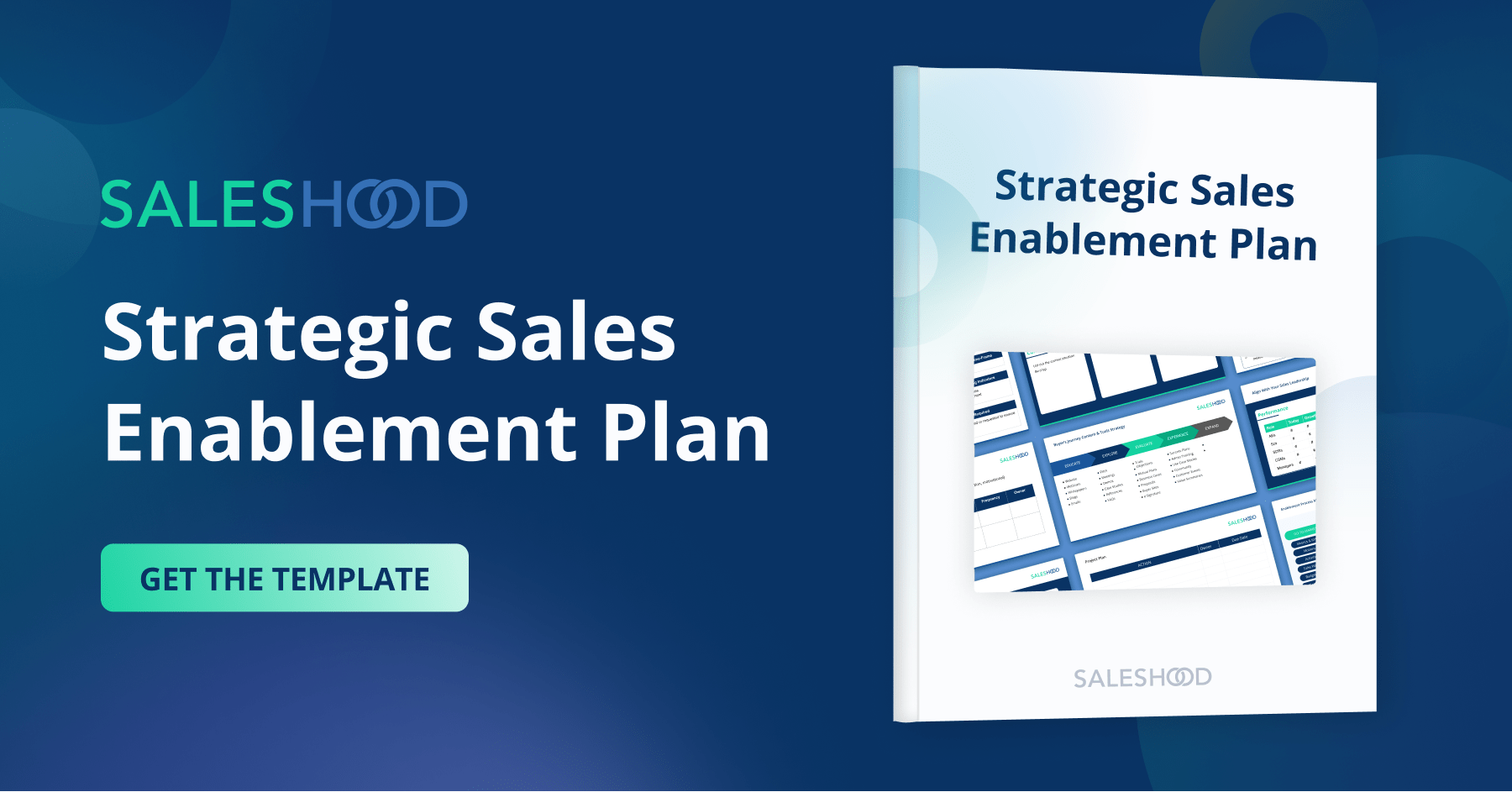How much time throughout the year will be devoted to sales training? All salespeople wonder how much time they will be spending each year in learning and training. There is a perception that every day in training is one day less selling and that the opportunity cost is too high. Based on my experience and industry benchmarks, I believe that a good amount of training per year, including weekly sales meetings, sales events, sales learning huddles, and all other training initiatives, is between ten to fifteen days per year. The number of days will go up and down based on complexity of the sales process, product offering, and go-to market. Sales learning huddles should last from forty-five to ninety minutes, depending on the depth of content and richness of the conversation. Sales learning huddles are best integrated with the cadence of a team calendar.
Does Your Sales Team Have a Calendar?
Once you have a rough idea of how much time you’re going to spend on training in the next year, you can use this information as a guide to help you create a realistic calendar for the training sessions. Your people will rely on this schedule; one of the most frequent requests sales managers get from their teams (besides more commissions) is for such a calendar to be published, showing training topics by month or even by week. One of the most underutilized times of the week is the weekly sales meeting. Part of building a training strategy is to incorporate this ever-so-important time into an overall approach to ongoing learning.
Create Monthly Themes Mapped to Your Business Goals
In order to bring this concept to life, in my book Saleshood, I created a calendar that serves as a framework to think about your year. It is mapped to business priorities. January is all about business development, with sales learning huddles geared toward prospecting and building pipeline. February is about rep readiness with a pitch certification program just in time for marketing’s release of the new corporate presentation. The next phase is to focus on discovery, qualification, and pipeline maturation. The discovery sales huddles get the team focused on asking the right questions and being curious about their customer’s business problems. The learning shifts in April to driving urgency in deals with a focus on compelling events and customer storytelling. And we finish the cycle of learning with a refresher on negotiations and mutual close plans. Each month ends with a team scorecard, recognition and celebration. The cycle of learning and collaboration can easily be repeated for the second half of the year. Sales managers can swap out sales huddle topics and themes for other ones, too. When your basic sales huddle calendar is complete, flesh it out by outlining other types of training and specify how much time they will take and when they will be carried out. Map out every hour of learning, including videos, workshops, exercises, tests, and certifications, tying each one back to one of the five pillars. Of course, training should be focused on the pillars you determined were most important to your team. Laying out a full training plan is a painful and time-consuming exercise, but when it’s done, it is always well received by reps, sales leadership, sales operations, and the stakeholders in marketing. You can read more in my book SalesHood. You can pick it up on Amazon and start reading today on the Kindle.



